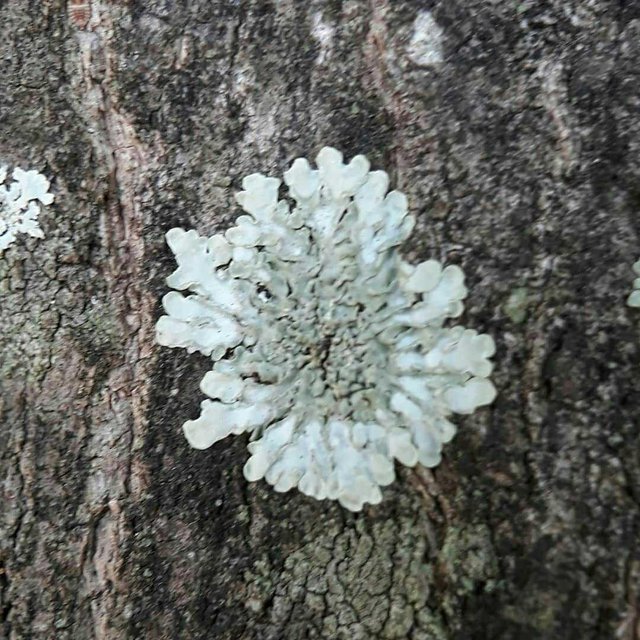Crust Liches When observed using a microscope, lichens are clearly visible composed of fungal hyphae and algae cells. Lichen crust is usually found on walls, tiles, or on woody limbs. The interaction between the two types of organism occurs because each organism needs something that can not be fulfilled itself. Algae are able to provide food for mushrooms. Blue algae can fix free nitrogen, then provide organic nitrogen for the fungus.

Meanwhile the fungus can provide the environment And protection for algae life. The arrangement of the fungal hyphae allows for the exchange of air, retention of water and mineral salts, and protects the gangang from sunburn.
In moss the crust is often found in flour which is a hyphae-covered algae cell called soredium. In addition to spores and splitting, moss crust uses soredium for vegetative breeding. Based on its shape, the lichen crust can be divided into three groups: crustos (like crust), folios (like leaves), and fruktikos (like shrubs).
Crust moss spreads widely in the earth and is able to inhabit extreme places, such as tundra, rock surfaces in mountains or beaches, or piles of toxic waste. Therefore, the crust moss can be used as a measure of pollution levels. Some of the crust moss are used as dyes, perfume materials, and medicinal materials (eg, Usnea wind wood)
Hi, I just followed you :-)
Follow back and we can help each other succeed! @hatu
Downvoting a post can decrease pending rewards and make it less visible. Common reasons:
Submit
Pasti saya akan mengikuti anda juga..
Downvoting a post can decrease pending rewards and make it less visible. Common reasons:
Submit